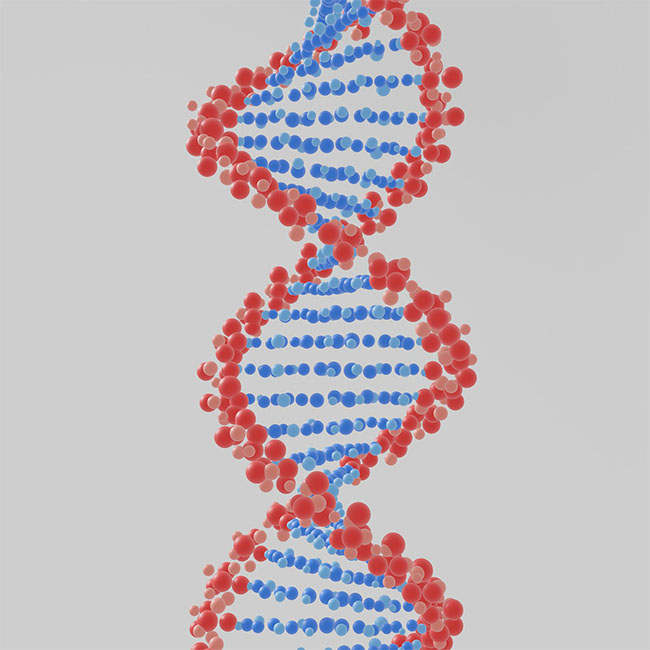Short variable sequences called spacers are interspersed between the short DNA repeats of bacterial CRISPRs. These spacers are collected from the DNA of viruses that have invaded the host bacterium before. Spacers, therefore, function as a ‘genetic memory’ of past infections. If there is another infection caused by the same virus, any viral DNA sequence matching the spacer sequence will be cut off by the CRISPR protection mechanism, thus shielding the bacterium from viral attack. If a previously unseen virus strikes, a new spacer is created and added and replicated to the spacer chain.

The CRISPR immune system works to protect bacteria from repeated viral attack via three steps: The Process of CRISPR
- Adaptation: DNA from an invading virus is processed as new spacers into short segments which are incorporated into the CRISPR chain.
- CRISPR RNA production: CRISPR repeats and bacterial DNA spacers undergo transcription, the process of copying DNA into RNA (ribonucleic acid). The resulting RNA is a single-chain molecule, unlike the double-chain helix framework of DNA. This chain of RNA is broken into small pieces known as CRISPR RNAs.
- Targeting: To kill the viral material, CRISPR RNAs direct bacterial molecular machinery. Since CRISPR RNA sequences are copied from the sequences of viral DNA acquired during adaptation, they fit the viral genome exactly and thus, serve as excellent guides.

References
Charpentier, Emmanuelle. “CRISPR‐Cas9: How Research on a Bacterial RNA‐Guided Mechanism Opened New Perspectives in Biotechnology and Biomedicine.” EMBO Molecular Medicine, John Wiley & Sons, Ltd, 21 Mar. 2015, embomolmed.embopress.org/content/7/4/363.
Gupta, Rajat M., and Kiran Musunuru. “Expanding the Genetic Editing Tool Kit: ZFNs, TALENs, and CRISPR-Cas9.” The Journal of Clinical Investigation, American Society for Clinical Investigation, 1 Oct. 2014, www.jci.org/articles/view/72992.
Harrison1, Melissa M., et al. “A CRISPR View of Development.” Genes & Development, Cold Spring Harbor Lab, 1 Jan. 1970, genesdev.cshlp.org/content/28/17/1859.full.
Hsu, Patrick D, et al. “Development and Applications of CRISPR-Cas9 for Genome Engineering.” Cell, U.S. National Library of Medicine, 5 June 2014, www.ncbi.nlm.nih.gov/pmc/articles/PMC4343198/.
Thakore PI, Gersbach CA. Genome Engineering for Therapeutic Applications. In: Laurence J, Franklin M, editors. Translating Gene Therapy to the Clinic: Techniques and Approaches. Academic Press, Elsevier, 2015; pp. 27-44.
